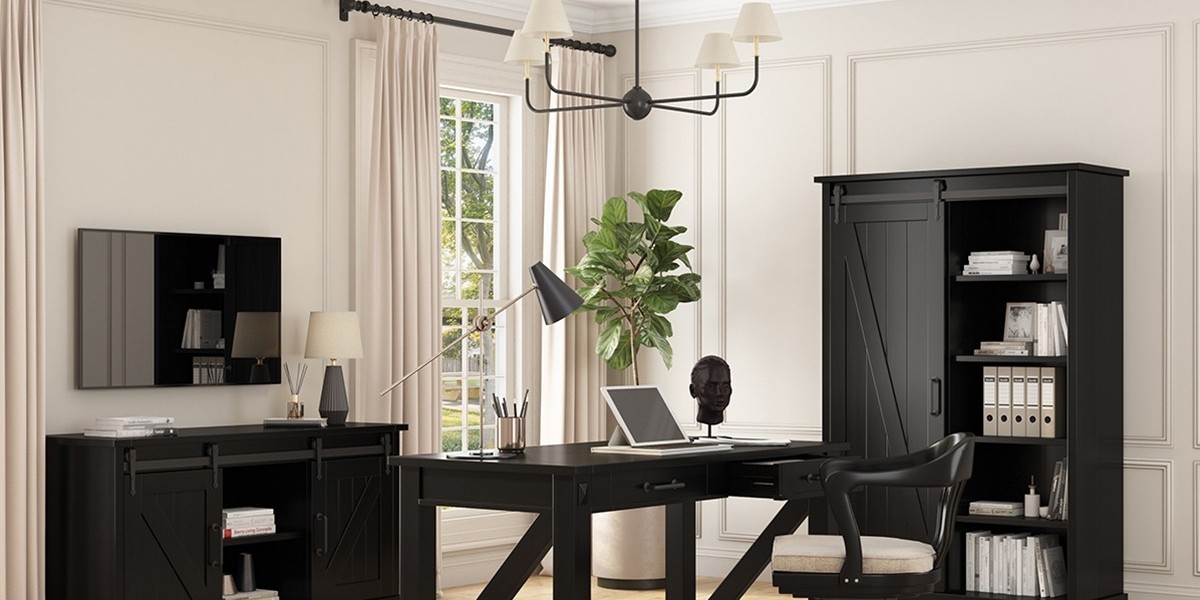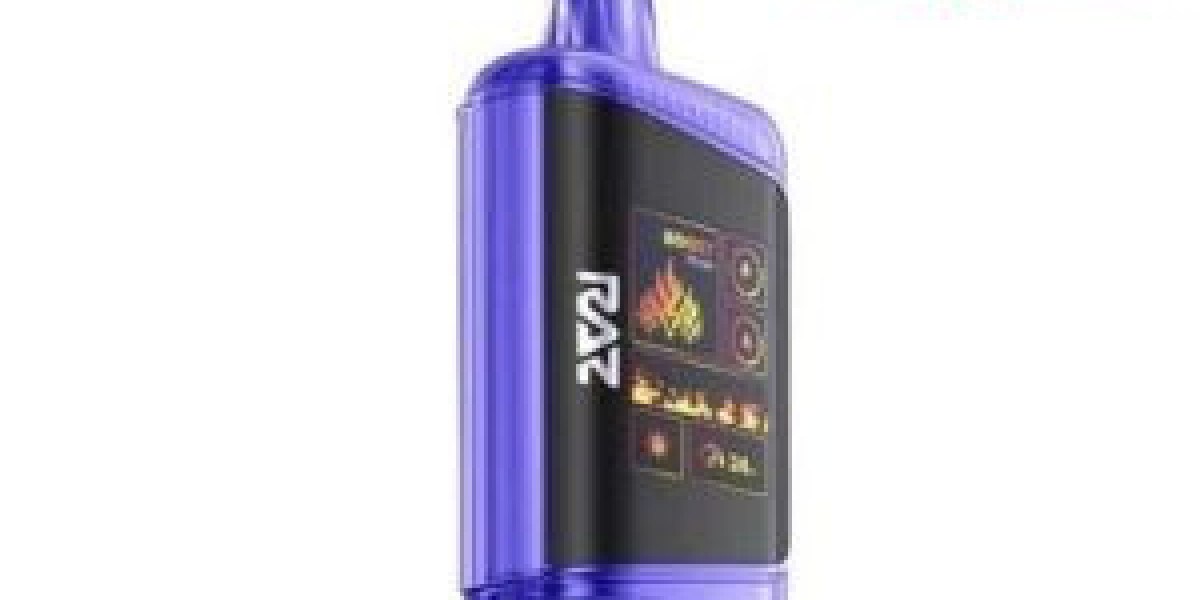If you've ever spent hours sitting at a desk, in a vehicle, or in a control room, you already know how uncomfortable the wrong chair position can be. Discomfort while sitting isn’t just a nuisance—it can lead to fatigue, poor focus, and long-term health issues. So, what is the most comfortable chair position?
The answer depends on your activity, body type, and the type of chair you're using. However, there are some universal ergonomic principles that can guide you toward a healthier, more comfortable seated posture. Whether you're working in an office, serving in the military, or operating heavy equipment, choosing the right position—and the right chair—can make all the difference.
In this article, we'll explore what makes a chair position comfortable, how tools like a forward leaning chair, ergonomic military seats, and providers like Pacific Ergonomics play a crucial role, and how to find the perfect setup for your needs.
What Defines a Comfortable Chair Position?
A comfortable chair position isn't just about how something "feels" in the moment—it's about maintaining proper support, reducing physical strain, and allowing dynamic movement over long periods. A good seated posture should:
Keep the spine in a natural S-curve
Distribute body weight evenly
Minimize pressure points (especially in the lower back and thighs)
Encourage occasional movement or shifts in position
If your posture leads to back pain, neck stiffness, or circulation issues, it's not truly comfortable—even if it seems fine at first.
The Ideal Seated Position for Comfort
Here’s what experts recommend as the most comfortable and ergonomically sound chair position:
1. Backrest Angle: 100–110 Degrees
A slightly reclined position helps reduce pressure on the spine and encourages better lumbar support. This open angle is more natural than the traditional 90-degree seated posture.
2. Feet Flat on the Floor
Your feet should rest flat on the ground or on a footrest. This ensures proper circulation and reduces pressure on the thighs.
3. Hips Slightly Above Knees
Your knees should be at a slight downward angle from your hips, which helps maintain proper spinal alignment.
4. Armrests at Elbow Height
Armrests should support your forearms without raising your shoulders or forcing your arms to stretch outward.
5. Head in a Neutral Position
Your eyes should be level with the top third of your screen, keeping your head aligned with your spine.
Why Movement Matters
Even the best chair position can become uncomfortable if maintained too long. That’s why dynamic sitting is crucial. Chairs with tilt functions and adjustable components allow users to shift postures throughout the day.
This is where a forward leaning chair can be especially useful. Designed to support people during task-intensive moments—like typing, writing, or operating machinery—a forward leaning chair allows users to lean in without rounding their back or straining their neck.
This posture can feel more natural and comfortable for focused tasks, provided the chair offers the right ergonomic support.
Comfort in High-Stakes Environments: Military and Tactical Seating
Comfort takes on an entirely different level of importance in high-performance environments. Soldiers, pilots, and tactical personnel often spend long hours seated while needing to stay alert and responsive. This is where ergonomic military seats come into play.
Unlike standard office chairs, ergonomic military seats are engineered to provide:
Shock absorption and vibration resistance
Adjustable seat pans and backrests
Superior lumbar and pelvic support
Configurable angles for different mission needs
These features aren’t just about comfort—they’re about reducing fatigue, preventing injuries, and improving operational performance.
The Role of Pacific Ergonomics
If you're looking for professional ergonomic solutions tailored to your specific needs, Pacific Ergonomics is a trusted resource. Specializing in workspace ergonomics, they offer everything from executive seating to forward leaning chairs and ergonomic military seats.
What sets Pacific Ergonomics apart is their consultative approach. They don’t just sell chairs—they help individuals and organizations identify the best ergonomic solutions based on task requirements, user body types, and environmental constraints. Their chairs are designed with adjustability, durability, and comfort in mind, making it easier for users to find their ideal seated position.
Choosing the Right Chair for Maximum Comfort
To achieve the most comfortable chair position, you need a chair that adapts to you. Here’s what to look for:
Adjustable backrest tilt (100–135 degrees recommended)
Forward tilt function (useful for a forward leaning chair)
Adjustable seat depth and height
Contoured lumbar support
Armrests that adjust in multiple directions
Quality cushioning that maintains support without overheating
Whether you’re outfitting an office, cockpit, or tactical command center, these features ensure your seating supports comfort and performance.
Final Thoughts
So, what is the most comfortable chair position? It’s one that keeps your spine aligned, reduces pressure on your joints, and allows you to move naturally throughout the day. It may involve a slightly reclined angle for general work, or a forward leaning chair posture for task-specific activities.
Professionals in defense and tactical roles rely on ergonomic military seats for comfort in demanding conditions, and companies like Pacific Ergonomics provide the expertise and equipment to bring this level of support into any workspace.
Don’t settle for discomfort—your chair should work with your body, not against it.







